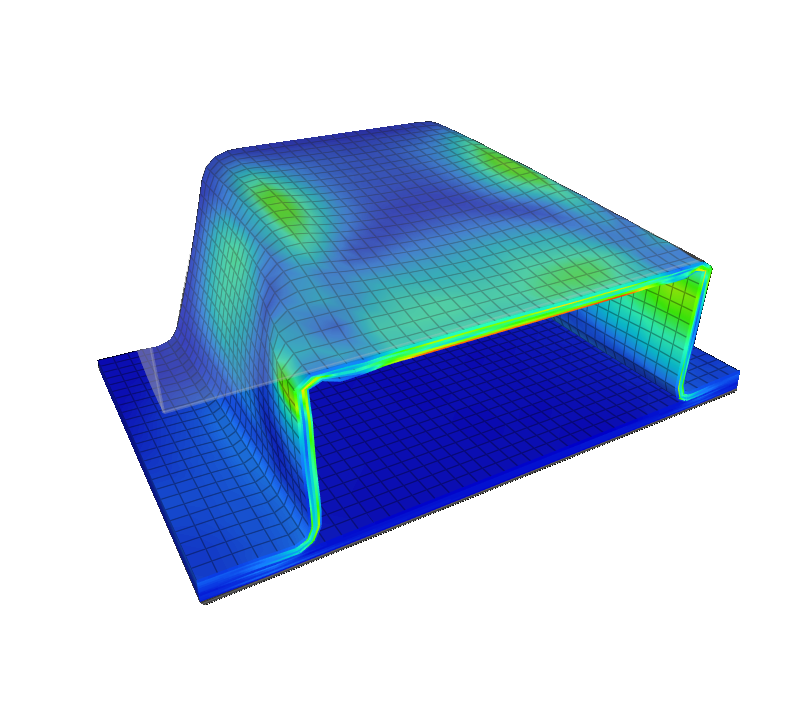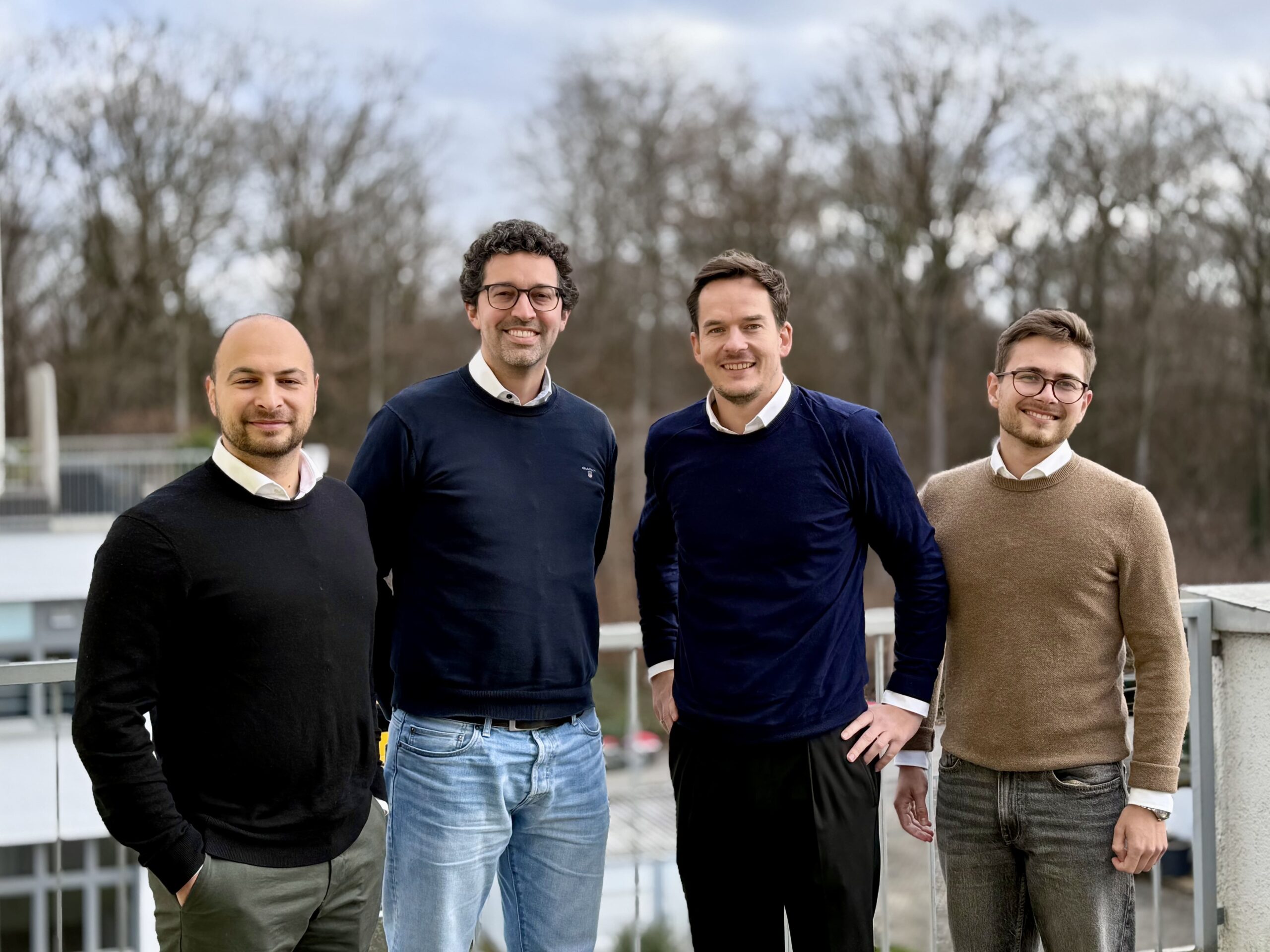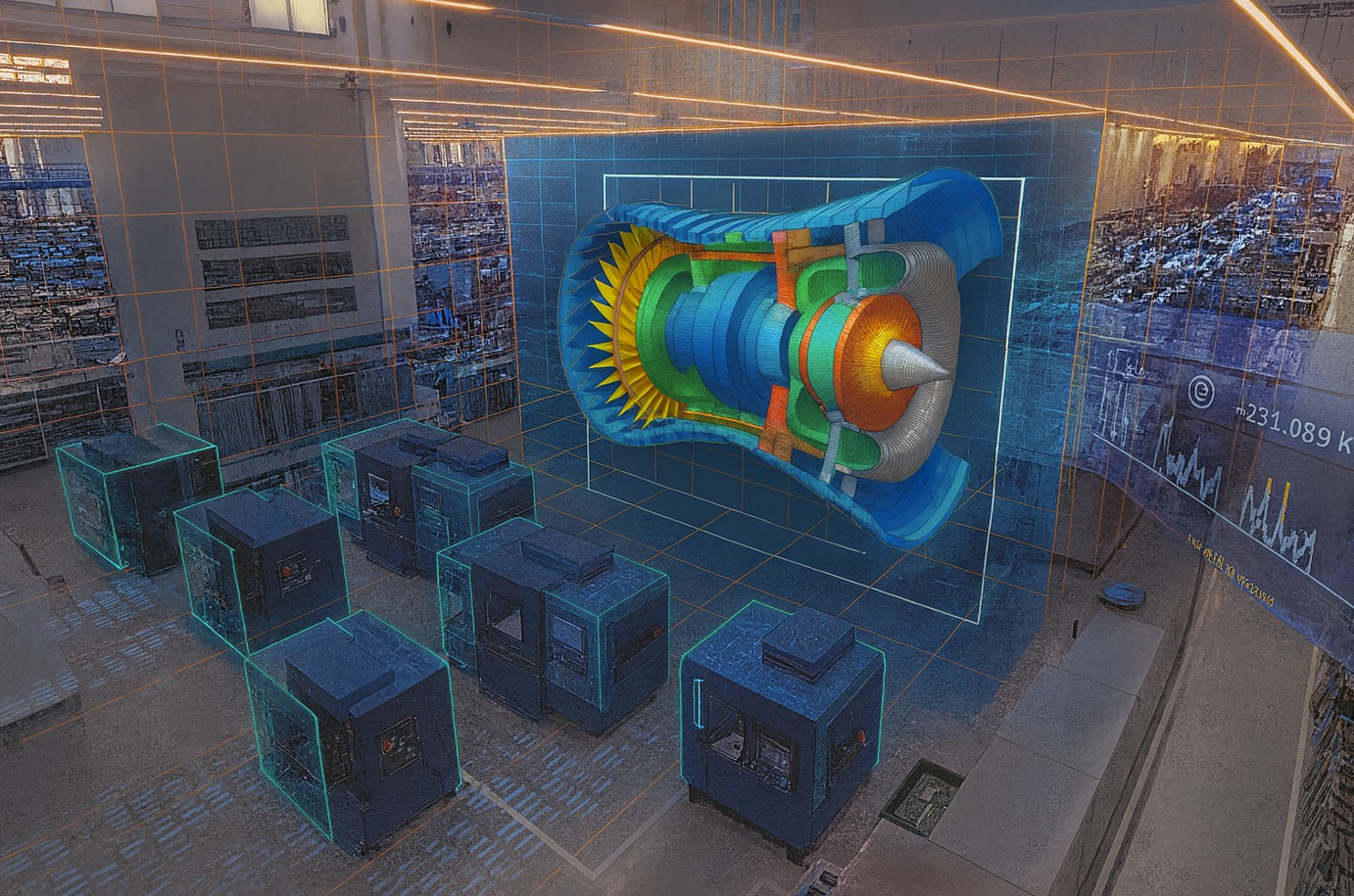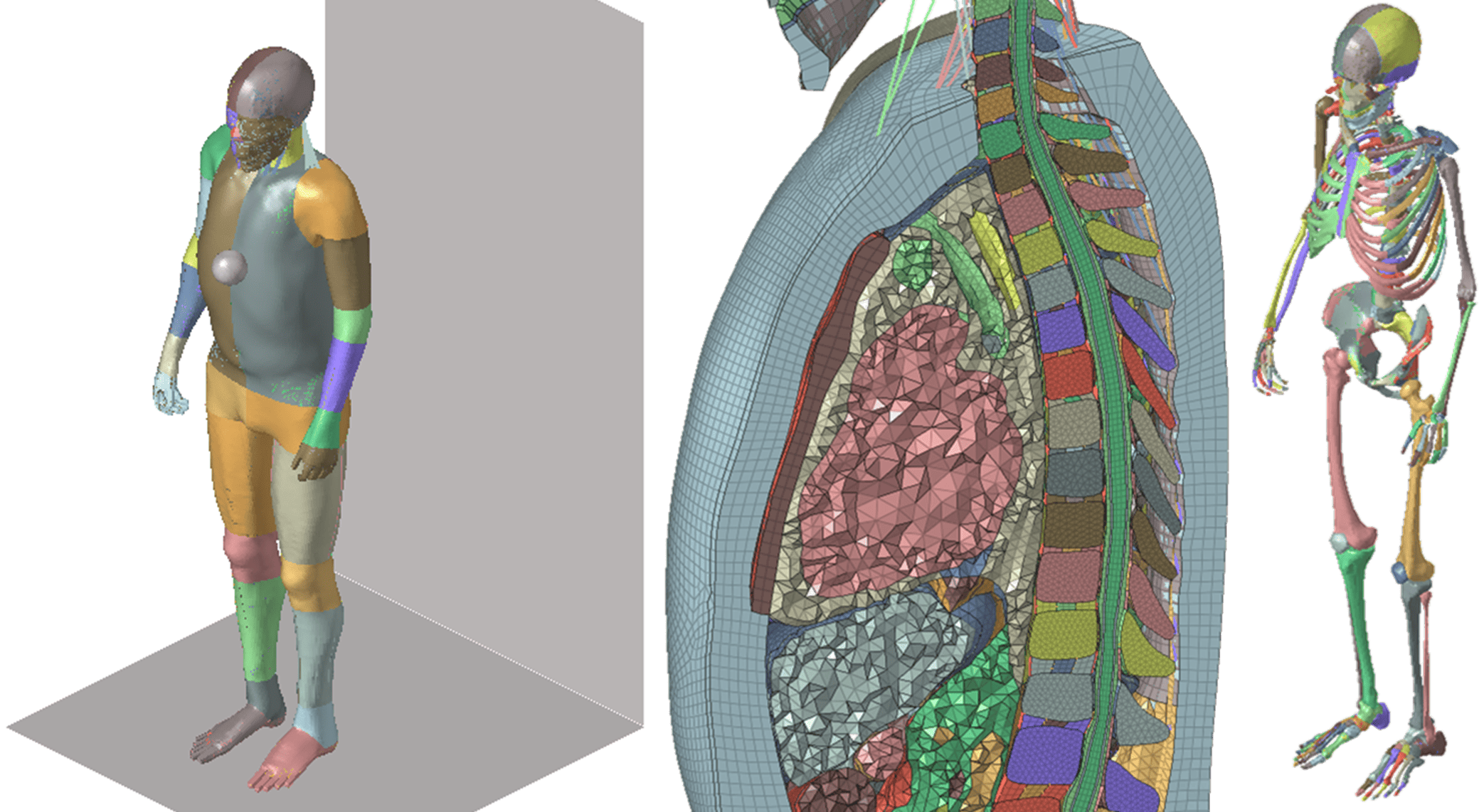Drop and Impact Analysis Service
Drop and impact simulation with finite element analysis predicts how products, packaging, and structures behave when subjected to sudden shocks such as falls, tool drops, or accidental impacts. Unlike vehicle crashworthiness, these simulations often focus on consumer products, industrial components, aerospace hardware, and medical devices where reliability, durability, and compliance are critical.
FiniteNow.com delivers Drop and Impact Simulation Services that combine instant quoting with expert FEA consulting. With scalable engineering teams and a global partner network, we help manufacturers reduce physical test cycles, cut warranty risks, and validate designs against real-world handling conditions.
Typical Goals and Targets in Drop and Impact FEA
The primary goal of drop and impact simulation is to virtually replicate the physical test environment — whether it’s a phone hitting concrete, a medical device falling from a table, or an aerospace component sustaining tool drops during maintenance. Typical engineering targets include:
- Failure prevention – predicting cracks, delamination, or fracture under impact loads.
- Durability validation – ensuring structural integrity after multiple drops or accidental misuse.
- Energy absorption optimization – improving protective housings, foams, or packaging.
- Compliance with standards – meeting regulatory test requirements such as IEC 60068 or ASTM drop tests.
- Cost and time savings – minimizing the number of destructive physical prototypes.
FiniteNow’s Engineering Consulting services translate raw impact simulation results into actionable insights: which regions to reinforce, where to reduce weight, and how to meet test criteria efficiently.
Core Modeling Dimensions in Drop and Impact Simulation
Most drop simulations involve nonlinear material response, contact, and large deformation. Plastics, composites, and foams exhibit highly nonlinear stress-strain behavior under impact. Linear analysis can be used for stiffness checks, but reliable drop FEA requires fully nonlinear models with calibrated failure.
Impact events occur over milliseconds, so transient dynamic simulation is essential. Explicit solvers capture rapid acceleration, deceleration, and rebound effects. For repeated drop conditions, cumulative damage models may be added in sequential simulations.
Explicit solvers dominate short-duration impacts due to their stability with severe contact. However, implicit solvers are useful for quasi-static compression tests (e.g., packaging crush resistance). Many projects combine both approaches — implicit preload followed by explicit impact.
Material models must include plasticity, strain-rate sensitivity, and fracture criteria. Plastics and composites often require advanced damage models for cracking and delamination. Foams are represented with crushable or viscoelastic laws to simulate cushioning behavior in packaging and housings.
Consumer products often require detailed geometry including ribs, snap-fits, and screw bosses. Electronics housings and medical devices demand fine local meshing around critical features. Submodeling enables global drop simulation with refined detail only where failure is expected.
Drop events can couple with thermal (electronics), fluid (medical devices with fluid reservoirs), or electromechanical behavior. For aerospace and defense, fluid–structure interaction is relevant when drops occur in liquid environments. FiniteNow can integrate multiphysics as needed.
Deterministic impact simulation predicts nominal failure points, while probabilistic approaches explore variability in materials, assembly tolerances, and impact orientations. This is crucial for electronics and medical devices where certification requires robustness across conditions.
1D spring–mass models may be used for preliminary packaging assessments. 3D solid and shell models dominate final design verification, with fine detail in stress-critical regions. Scaling strategies allow engineers to test multiple orientations without re-meshing from scratch.
While transient explicit runs capture the impact, frequency-domain postprocessing provides insight into product resonance and shock response spectrum (SRS). Aerospace and electronics industries often require SRS predictions for compliance.
Parametric drop simulations enable rapid exploration of materials, thicknesses, and support strategies. Automated DOE workflows allow engineers to identify optimal designs for minimal weight and maximum robustness. FiniteNow’s Simulation Service uses HPC automation to deliver variant sweeps quickly.
Short time steps and high contact stiffness challenge stability. Mass scaling, damping, and contact tuning are used cautiously to preserve physical fidelity. FiniteNow documents solver settings to ensure transparency in certification.
Continuum models predict local stress and strain, while discrete element or particle methods simulate fragmentation, shattering, or debris. This is especially important for glass screens, brittle plastics, or ceramic components in consumer products and aerospace parts.
Typical Mistakes in Modelling Drops and Impacts and How to Avoid Them
- Overlooking assembly detail – Snap-fits, adhesives, and fasteners are often simplified too aggressively, masking real failure points.
- Ignoring strain-rate effects – Plastics and foams behave differently under fast impacts compared to static tests.
- Excessive mesh coarsening – Missing local details leads to inaccurate crack predictions.
- Unrealistic boundary conditions – Failing to replicate drop angles, floor stiffness, or packaging can invalidate results.
FiniteNow prevents these errors with validated material libraries, meshing QA, and precise test condition setup, ensuring drop simulations align with real-world certification standards.
Use Cases of Drop and Impact Simulation
Consumer Electronics Drop Testing
Smartphones, tablets, and laptops are tested virtually for repeated drops from standard heights. Simulation reveals which housing regions or glass corners are prone to failure. With FiniteNow’s consulting, manufacturers can optimize ribbing, material thickness, and protective coatings before committing to tooling.
Medical Device Impact Validation
Medical devices must withstand drops in hospital or home environments without performance degradation. Drop FEA verifies housings, joints, and sensitive electronics against IEC test standards. Engineers can fine-tune casing designs to balance ergonomics and robustness.
Aerospace Tool Drop Analysis
Aircraft maintenance operations require verification that tools dropped onto critical structures (wings, fuselage, or composites) do not cause hidden damage. Impact simulation helps predict dent depth, delamination, and residual strength, reducing costly inspections.
Learn more about our portfolio of Dynamic Simulation Services
FAQs about Drop and Impact Simulation
It is an FEA technique to predict how products behave when dropped or hit by sudden forces. It helps companies design more durable products and reduce warranty claims without building dozens of prototypes.
Crashworthiness focuses on vehicles and occupant safety, while drop simulation typically covers products, packaging, or aerospace hardware. Both use explicit finite element methods, but the loads and failure modes are different.
Consumer electronics, medical devices, aerospace parts, industrial housings, and packaging all rely heavily on impact FEA. Any product exposed to handling, shipping, or service drops can be validated virtually.
Glass and ceramics require special failure models that allow cracking and fragmentation. Discrete element or cohesive zone approaches are often used to capture realistic shattering. Calibration with physical drop tests is key for accuracy.
Yes – sequential simulations or fatigue-based models allow engineers to study cumulative damage from multiple drops. This is common in medical and industrial devices where a single drop may not cause immediate failure, but repeated handling weakens the structure.
Packaging drop simulations model cushioning foams, corrugated boards, and protective cases under standard test conditions (e.g., ASTM, ISTA). Engineers can optimize thickness and material density to balance protection and cost.
Plastics exhibit vastly different stiffness and strength at high strain rates. Advanced material models like Cowper-Symonds or viscoelastic formulations are used. Validation requires dynamic coupon testing, not just static tensile data.
Experts use submodeling — running coarse global models for impact response, then refining mesh only in regions of failure concern. This preserves solver speed while maintaining predictive accuracy where it matters most.
Correlation with a reduced set of physical tests (e.g., critical orientations or worst-case drops) provides validation without running every possible scenario. Sensitivity studies then confirm robustness across manufacturing variation.
FiniteNow.com offers instant quoting, so projects launch immediately without procurement delays. Our network of pre-audited FEA providers delivers expert consulting across electronics, aerospace, and consumer products.
By aligning simulations with IEC, ASTM, and aerospace test standards, we guarantee our outputs match regulatory expectations. Deliverables include transparent solver settings, material calibration, and clear pass/fail reports. Please talk to one of our engineers or state your requirements during the instant quoting process to prepare your certifications.
Yes, our simulation service model scales from handheld electronics to composite fuselage panels. With a flexible network of engineers and high-performance computing, we handle projects of any size quickly and cost-effectively.
Start Now! It will only take 12 minutes
It has never been faster, easier and more cost effective to get a quotation for your structural simulation needs:
Looking for more details and background about Dynamic Modelleling in Simulation?
Practical Modelling of Drop and Impact Simulation with FEA
The Textbook Section
Introduction
Every product that interacts with the physical world must withstand accidental impacts. From a smartphone dropped on a hard floor to a turbine blade struck by foreign objects, impact events are both common and potentially catastrophic. While some impacts are expected and designed for, many are accidental – making them difficult to predict and costly to test physically.
Finite Element Analysis (FEA) provides engineers with a powerful way to simulate drop and impact events virtually. By combining explicit dynamic solvers, strain-rate sensitive material models, and realistic contact definitions, FE analysis can predict how products respond to sudden loads. This includes stress wave propagation, plastic deformation, fracture initiation, and even rebound behavior. For organizations offering or consuming FEA services, drop and impact simulation reduces reliance on physical prototypes, accelerates development cycles, and allows worst-case scenarios to be explored in silico.
Mechanics of Drop and Impact
At its core, a drop or impact event is governed by dynamic mechanics. A body in motion carries kinetic energy proportional to its mass and velocity. When it collides with a surface or another object, that kinetic energy must be absorbed, redistributed, or dissipated.
Unlike quasi-static loads, impact events are characterized by:
- High strain rates: Materials behave differently under rapid deformation. Metals often show higher yield strength; polymers and composites can stiffen or become brittle.
- Stress wave propagation: Upon impact, stress waves travel through the structure, reflecting at boundaries and amplifying stresses locally.
- Localized damage: Fracture, delamination, or solder joint failure often initiate at stress concentration points triggered by wave reflections.
- Nonlinear contact: Impact involves surfaces coming into sudden contact, with sliding, separation, and sometimes fragmentation.
Explicit time integration schemes are almost always required to capture these phenomena. While implicit solvers may struggle with convergence, explicit solvers march forward in very small time steps, accurately resolving high-frequency wave propagation and large deformations.
Applications of Drop and Impact Simulation
Consumer Electronics
Perhaps the most widely recognized application is in smartphones and laptops. Consumers expect devices to survive multiple accidental drops without catastrophic damage. FE analysis allows engineers to simulate drops onto concrete, steel, or carpeted floors from various orientations. Critical outcomes include screen fracture, case deformation, and solder joint reliability. Simulations are often validated against standardized drop tests (e.g., MIL-STD-810).
Aerospace and Space Hardware
In aerospace, components may be dropped during ground handling, or encounter orbital debris impact in space. Satellite electronics must survive accidental drops during assembly as well as pyrotechnic shock during launch. Drop FEA ensures survivability without overdesigning lightweight structures.
Automotive and Heavy Machinery
Automotive components such as bumpers, hoods, or interior trims undergo impact simulations for pedestrian safety or handling drops during service. In heavy machinery, tools and attachments must withstand accidental collisions and dropped loads. FEA allows engineers to study load transfer and energy dissipation paths.
Industrial Equipment and Packaging
Packaging systems are designed to protect fragile goods against handling shocks. Drop simulations are increasingly used to optimize packaging material thickness and geometry, balancing cost with protection.
Modeling Strategies in Finite Element Analysis
Drop and impact simulations are only as good as their modeling strategy. Several guidelines help ensure realistic results:
1. Geometry and Mesh
High-quality geometry is essential. Local mesh refinement should be applied in regions where cracks or stress concentrations are expected, such as corners, glass edges, or weld toes. Coarser meshes may suffice in bulk regions to reduce
runtime.
2. Material Models
Strain-rate dependency must be captured. Metals may use Johnson–Cook plasticity; polymers often require viscoelastic or hyperelastic models; composites may need progressive damage or cohesive zone modeling. Calibration against high-strain-rate
test data is crucial.
3. Contact Definitions
Accurate contact algorithms define how surfaces interact upon impact. Nonlinear contact with friction ensures realistic sliding and separation. For multilayer systems (e.g., glass bonded to polymer frames), cohesive elements may represent
interfacial delamination.
4. Boundary Conditions and Drop Orientation
Realistic simulations require modeling of impact orientation and supporting surfaces. A smartphone behaves differently when dropped flat on its back versus on a corner. Engineers often run multiple orientations to identify worst-case
scenarios.
5. Fracture and Failure
If fracture is relevant, damage criteria must be included. For glass, brittle fracture models predict crack initiation. For metals, ductile damage criteria simulate tearing or shearing. For composites, delamination and fiber breakage
can be captured with cohesive elements.
Energy Absorption and Durability
A central question in drop simulation is how energy is absorbed. Ideally, energy dissipates through non-critical deformation rather than catastrophic failure. For example:
- In smartphones, plastic housings or corner bumpers absorb impact to protect glass screens.
- In aerospace hardware, isolators and dampers attenuate shocks before they reach sensitive electronics.
- In packaging, corrugated structures deform progressively to protect fragile goods.
Durability analysis often extends beyond a single drop. Repeated impact cycles can cause cumulative damage such as solder fatigue, crack growth, or progressive delamination. FE-based fatigue and durability tools can be combined with drop analysis to predict long-term reliability under repeated handling.
Validation and Correlation
Despite advances in FEA, physical testing remains critical. Drop and impact simulations must be validated against measured accelerations, strains, or fracture outcomes. Instrumented drop tests provide acceleration pulses that can be directly compared to FE predictions. High-speed cameras can confirm fracture modes.
In practice, once validated, FE drop models become powerful predictive tools. They allow engineers to explore design modifications (geometry, materials, damping elements) without repeating expensive physical tests. For companies offering FEA services, validated drop models are a valuable asset, enabling confidence in predictive simulations and reducing customer risk.
Conclusion
Drop and impact simulations are a cornerstone of modern durability analysis. By capturing strain-rate dependent material behavior, nonlinear contact, and stress wave propagation, FEA enables engineers to predict how products will respond to sudden loading events.
Applications span industries: consumer electronics, where drops drive customer satisfaction; aerospace, where survivability is critical; automotive, where safety and service durability matter; and packaging, where cost-efficient protection is key. Across all of these, the common goal is to ensure that accidental impacts do not lead to catastrophic failures.
For practicing engineers and organizations delivering FEA services, drop and impact analysis offers both a technical challenge and a competitive advantage. Success depends on realistic material models, careful mesh strategies, validated contact definitions, and correlation with physical test data. When these elements come together, FEA allows products to be engineered for real-world durability, protecting both function and reputation.





